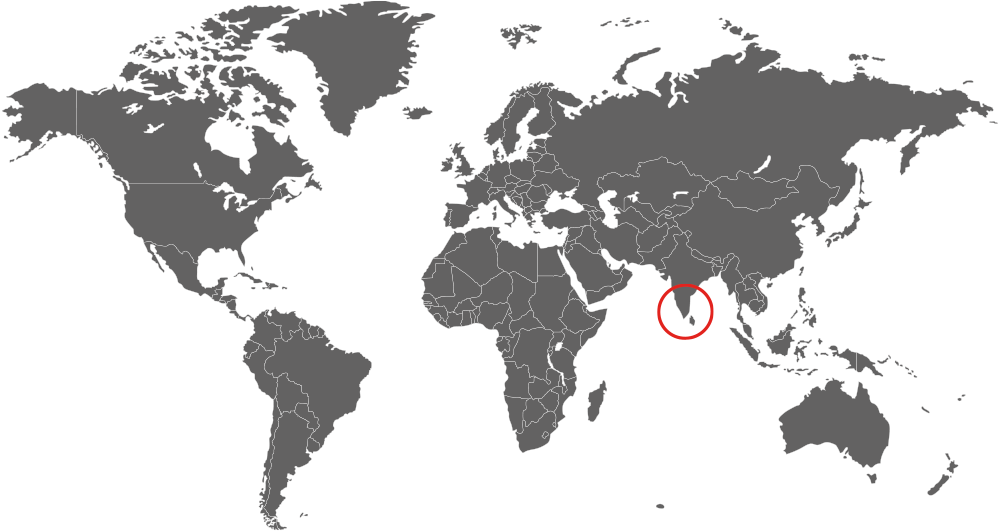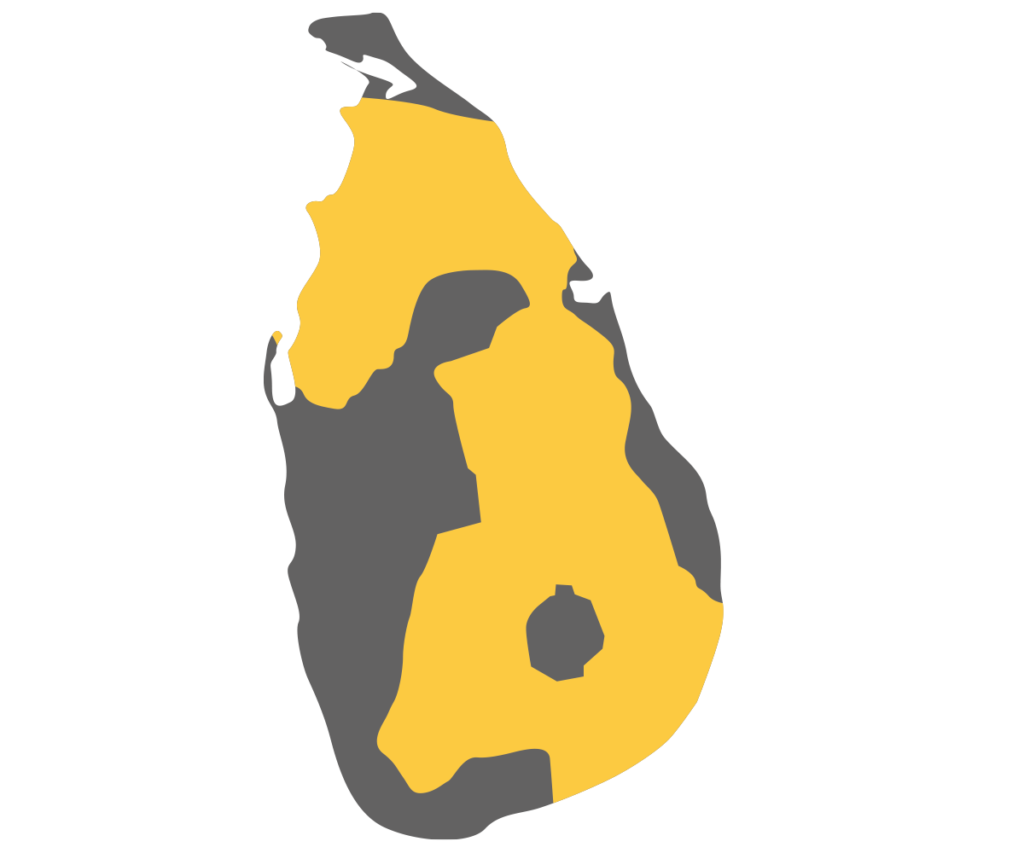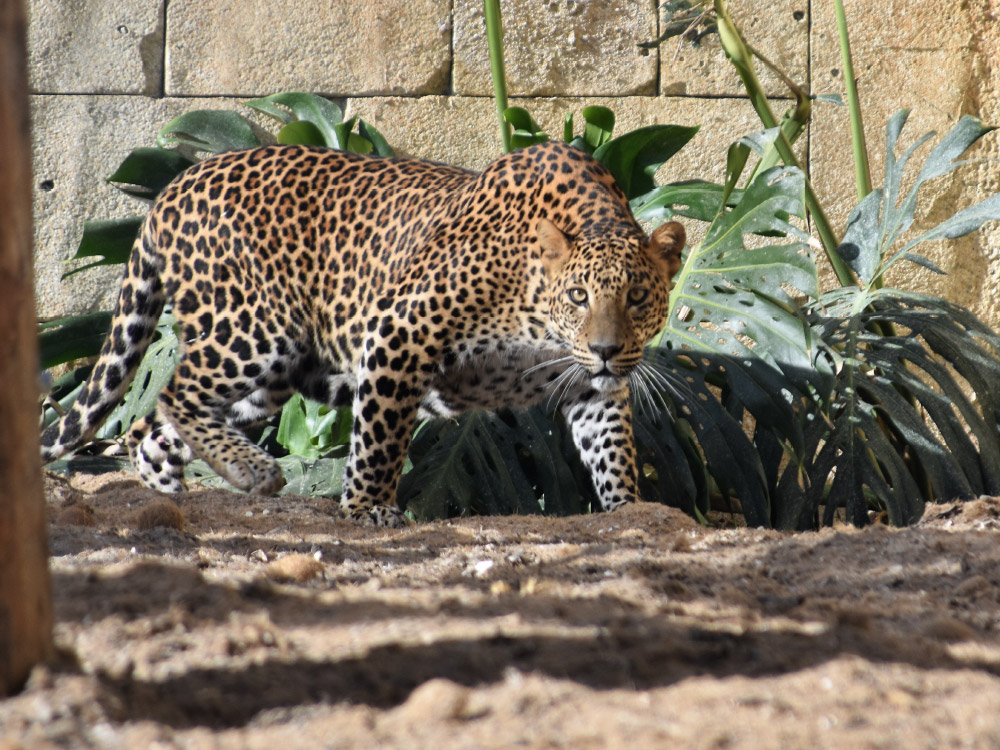Conservation Status:
Endangered

HABITAT
JUNGLE
DIET
CARNIVOROUS
SOCIAL LIFE SOLITARY

WEIGHT
30-75 Kg
GESTATION
90-105 DAYS



Conservation
programme
Nine subspecies of leopard are currently recognized, and from one to another, in their different regions, the size varies greatly. The Sri Lankan leopard is a small subspecies and has a very long tail. The leopard’s characteristic pattern is a composition of black spots, commonly called rosettes, spread all over its body. It is possible to distinguish individuals if we look at their rosettes, since each leopard has its own unique pattern.
With the exception of the African lion, big cats are solitary hunters and live in isolation, although occasionally associatively, from others of their species. Leopards hunt mostly on the ground, but they climb extremely well. They often take their prey to more secluded places, even towing them through the trees to a branch where they can eat undisturbed. They are predominantly visual predators, although they also locate prey by their sounds, since they have ears positioned forward and with more than 20 muscles responsible for their movement.
The IUCN concluded in its latest estimate (2018) that there were 776 adult Sri Lankan leopards in the wild. They have disappeared from at least 63% of their historic distribution range.
